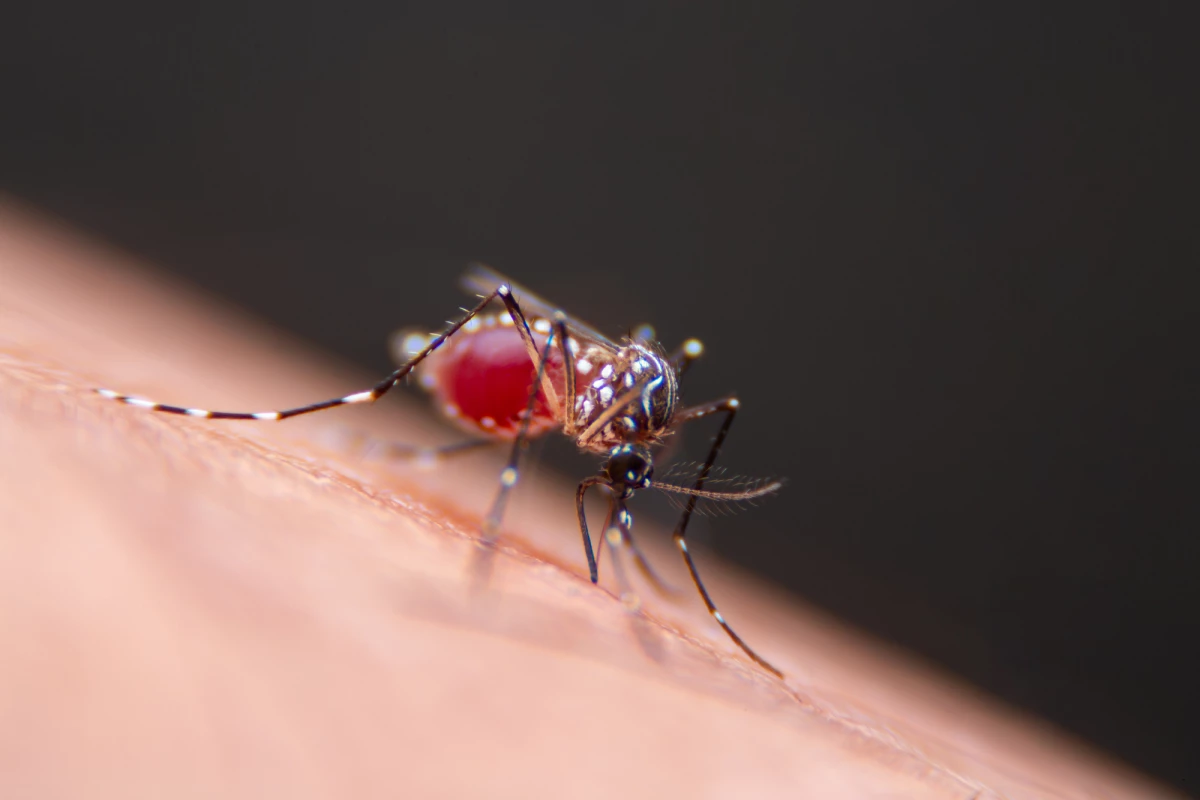There could soon be a non-toxic, longer-lasting and less-smelly alternative to DEET for repelling mosquitos. Scientists have created genetically engineered human skin bacteria that are decidedly unappealing to the irritating and disease-spreading insects.
Blood-feeding female mosquitos are drawn to humans – and other animals – via exhaled carbon dioxide, body heat, and compounds produced by harmless bacteria that are part of our skin's microbiome (its community of naturally present microbes). And while the CO2 and the heat may direct the mozzies towards us, it's the lower-lying bacterial odors that guide them right in to our skin.
Two types of bacteria – Staphylococcus epidermidis and Corynebacterium amycolatum – make up much of the microbiome. They also produce L-(+)-lactic acid, which is a form of lactic acid that is known to attract mosquitos.
Led by Prof. Omar Akbari from the University of California-San Diego, a team of US scientists recently created versions of the two bacteria which were genetically engineered to lack the gene responsible for production of the acid. The idea was that if these altered bacteria were introduced into an existing microbiome, they would largely displace the existing natural forms of S. epidermidis and C. amycolatum.
In lab tests, shaved patches on live mice were painted with either the natural or engineered forms of the two bacteria. Over the next 14 days, the rodents were exposed to female Aedes aegypti, Anopheles gambiae and Culex quinquefasciatus mosquitoes for 10 minutes every day – all three mosquito species are responsible for the spread of diseases such as malaria and dengue fever.
It was found that starting three days after application, the engineered S. epidermidis reduced mosquito attraction by up to 64.4% as compared to the natural form of the bacteria. What's more, the effect lasted for 11 days. The engineered C. amycolatum delivered similar results.
By contrast, the repellent effect of DEET typically lasts just four to eight hours. That said, DEET does have a stronger effect, although that may change once the bacterial repellent is developed further.
A paper on the study, which also involved scientists from Stanford University, was recently published in the journal PNAS Nexus.
Source: PNAS via EurekAlert




